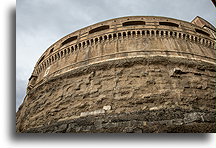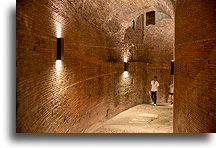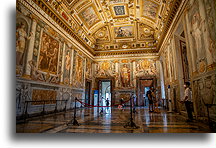While only foundations remain of many Roman-era buildings, Castel Sant'Angelo in Rome, Italy has survived. It was built in the years 134-139 as a monumental tomb of the Roman emperor Hadrian. Over the centuries, the building has undergone many architectural transformations. First, defensive walls were built, then Hadrian's tomb was turned into a fortress. In 590, when Pope Gregory I had a vision of the Archangel Michael, he accepted the prophecy because the plague was soon over. The fortress was renamed Castel Sant'Angelo. In the Middle Ages, the castle became a prison where many nobles, philosophers and even artists were held.
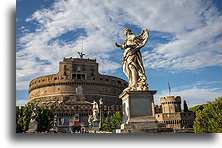
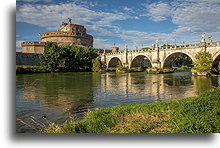
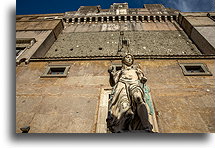
In the 15th century, Pope Alexander VI made some Renaissance changes to the architecture of the castle. The best artists of the time transformed the castle into a papal palace. The most controversial of all popes, who officially recognized several children by his mistresses, needed a private place to organize lavish parties. Castel Sant'Angelo, connected to the Vatican by a passage over the old defensive walls, was an ideal place for this purpose. The castle also served an additional function. It was a place of refuge when popes feared for their lives.
